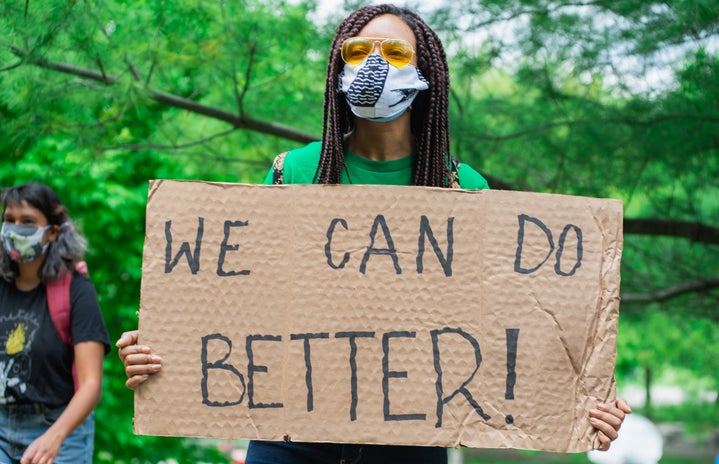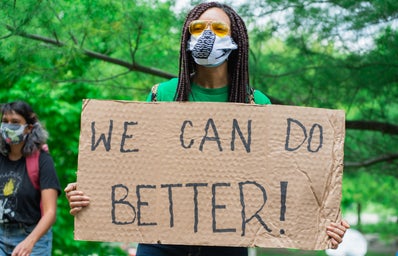In 2016, Native Americans including the Standing Rock Sioux tribe spent their days and nights protesting against the construction of the Dakota Access pipeline in North Dakota.
They worried that the pipeline, which would be transporting crude oil, would contaminate the water in the Missouri River according to a Nov. 3, 2016, The Guardian article. As of February 22, the pipeline is operating while it undergoes environmental review and is subject to being shut down according to a Feb 22 Reuters article.
Indigenous tribes have spent years advocating for and defending our beloved planet. The fight against the Dakota Access pipeline reminds us that often the fiercest defenders of Earth are people of color.
Intersectional environmentalism takes race and gender into account in the fight against climate change.
Intersectionality was first coined by Kimberlee Crenshaw in 1989 and it looks at how race, class, and gender intersect with one another according to a May 28, 2019 Vox article.
Following Crenshaw’s footsteps, Leah Thomas added environmentalism to the word “intersectional” to solidify the idea that environmental advocacy can not be separated from racial justice.
Thomas writes that the concept is “ an inclusive approach to environmentalism that advocates for the protection of both people + the planet. Through this framework, we believe social and environmental justice are intertwined and environmental advocacy that disregards this connection is harmful and incomplete” on her website for intersectional environmentalism.
Protecting the people who are most harmed by the climate crisis is a vital component of advocating for the planet.
Marginalized communities face the worst of the climate crisis. According to a Sept. 21, 2021 Environmental Protection Agency report, Black individuals are 40% more likely to live in high-risk areas of death by extreme temperatures.
A lack of resources for proper facilities and inadequate environmental protections is why countries such as Haiti and Yemen are most likely to face the catastrophic consequences of the climate crisis according to a Sept. 30, 2019, Time article.
In the meantime, the Indigenous stewards of the land are facing human rights violations and injustices as they try to defend the planet that we have taken for granted.
Climate change isn’t going to get any better and the more we ignore those who are most hurt by the crisis the more we will be hurting ourselves.
The United States and Europe continue to emit a combined amount of over 12 billion CO2 and while some communities may have the resources necessary to stave off the climate crisis for now, others are suffering at the hands of a crisis they did not contribute to.
Intersectional environmentalism is about racial justice, protecting humanity, and defending a planet that has given us so much. It’s recognizing that people of color are suffering the dire consequences of climate change but are also the most resilient protectors of the Earth.
Follow these Instagram accounts to learn more about being an intersectional environmentalist:
- https://www.instagram.com/intersectionalenvironmentalist/
- https://www.instagram.com/greengirlleah/
- https://www.instagram.com/earthrise.studio/
- https://www.instagram.com/nemonte.nenquimo/
- https://www.instagram.com/youthvsapocalypse/
- https://www.instagram.com/_makeearthgreatagain/
Tell us your favorite environmentalist Instagram account by tagging us @HerCampusSJSU!


